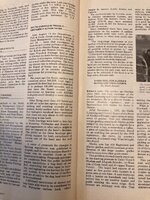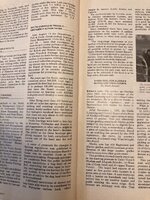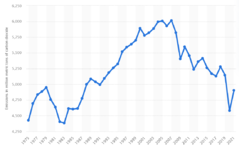VernAK
WKR
I have a huge stack of old Alaska magazines and the older Alaska Sportsman magazines that I peruse on these winter evenings. The November 1976 issue has a story regarding the caribou in the drainages of the Noatak, Kobuk and upper Koyukuk Rivers:
"Six years ago the Arctic Caribou Herd numbered about 240,000. Last April it appeared the herd had declined drastically to perhaps 100,000 animals, and at that time the board enacted token restrictions on hunting until ADFG could develop a more detailed census."
"After flying more than 400 hours and 40,000 air miles last spring five biologists involved have concluded that there are only about 50,000 caribou remaining in the herd."
more later
"Six years ago the Arctic Caribou Herd numbered about 240,000. Last April it appeared the herd had declined drastically to perhaps 100,000 animals, and at that time the board enacted token restrictions on hunting until ADFG could develop a more detailed census."
"After flying more than 400 hours and 40,000 air miles last spring five biologists involved have concluded that there are only about 50,000 caribou remaining in the herd."
more later




